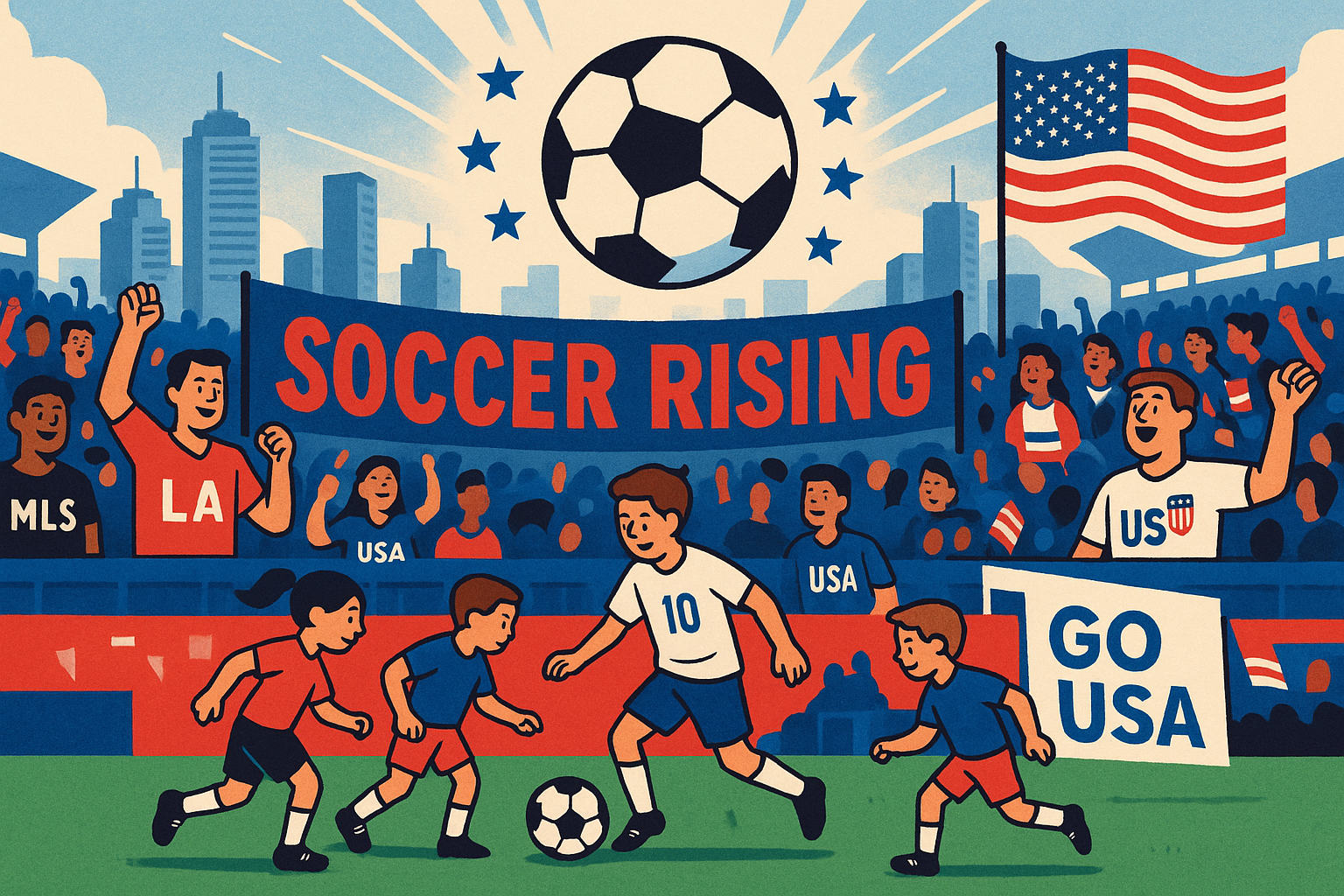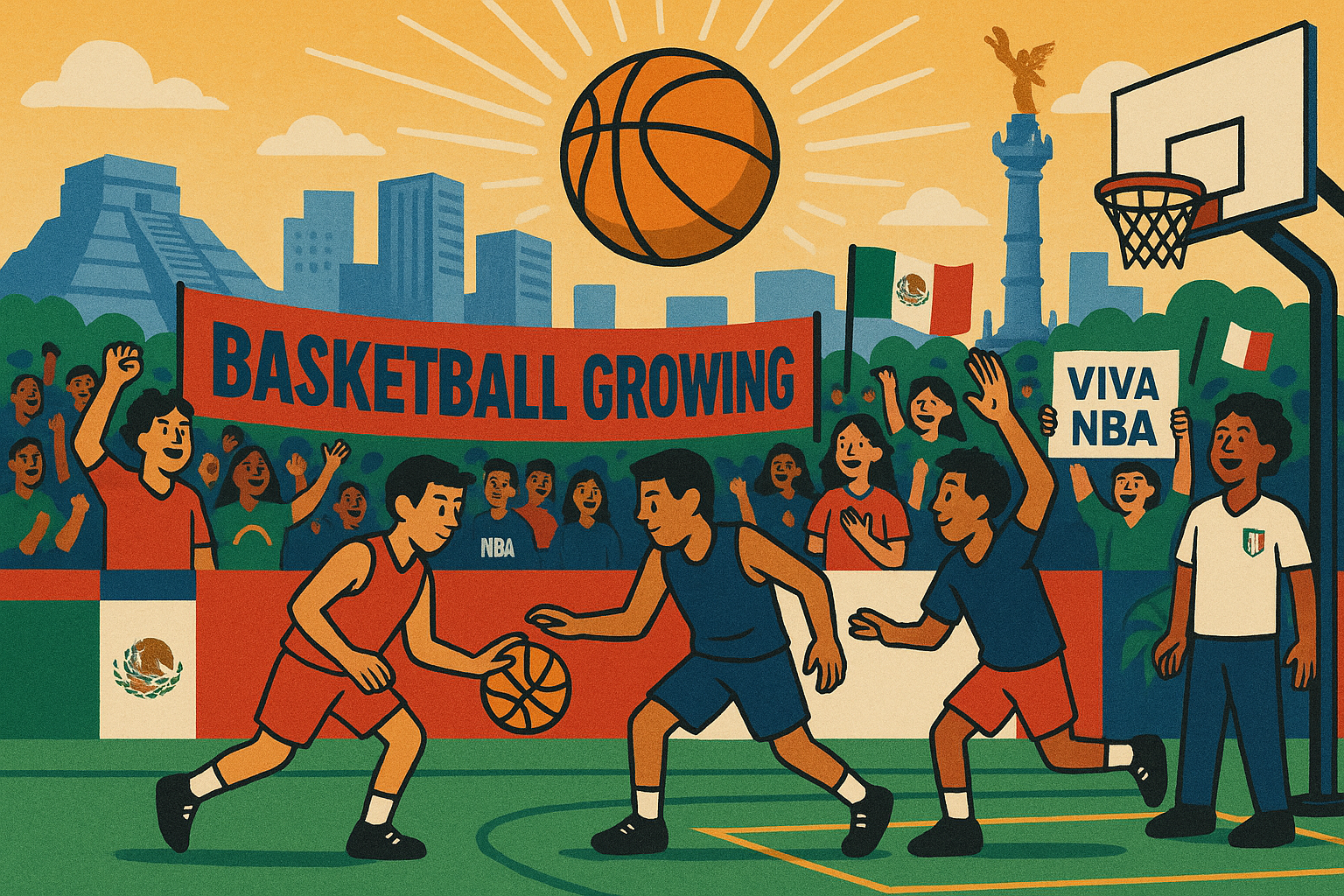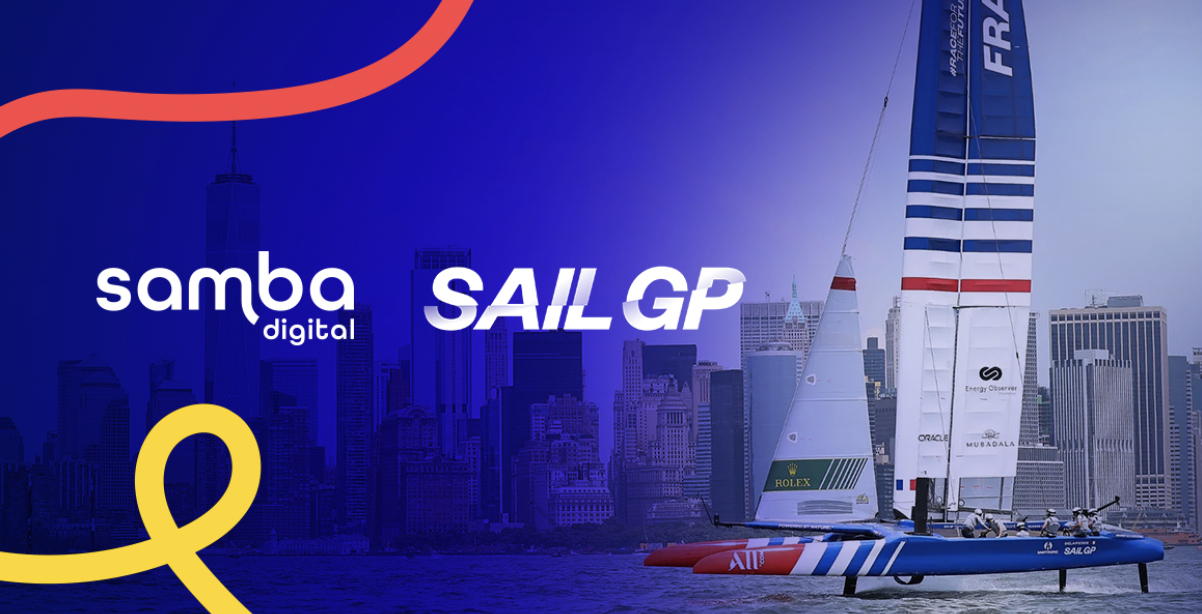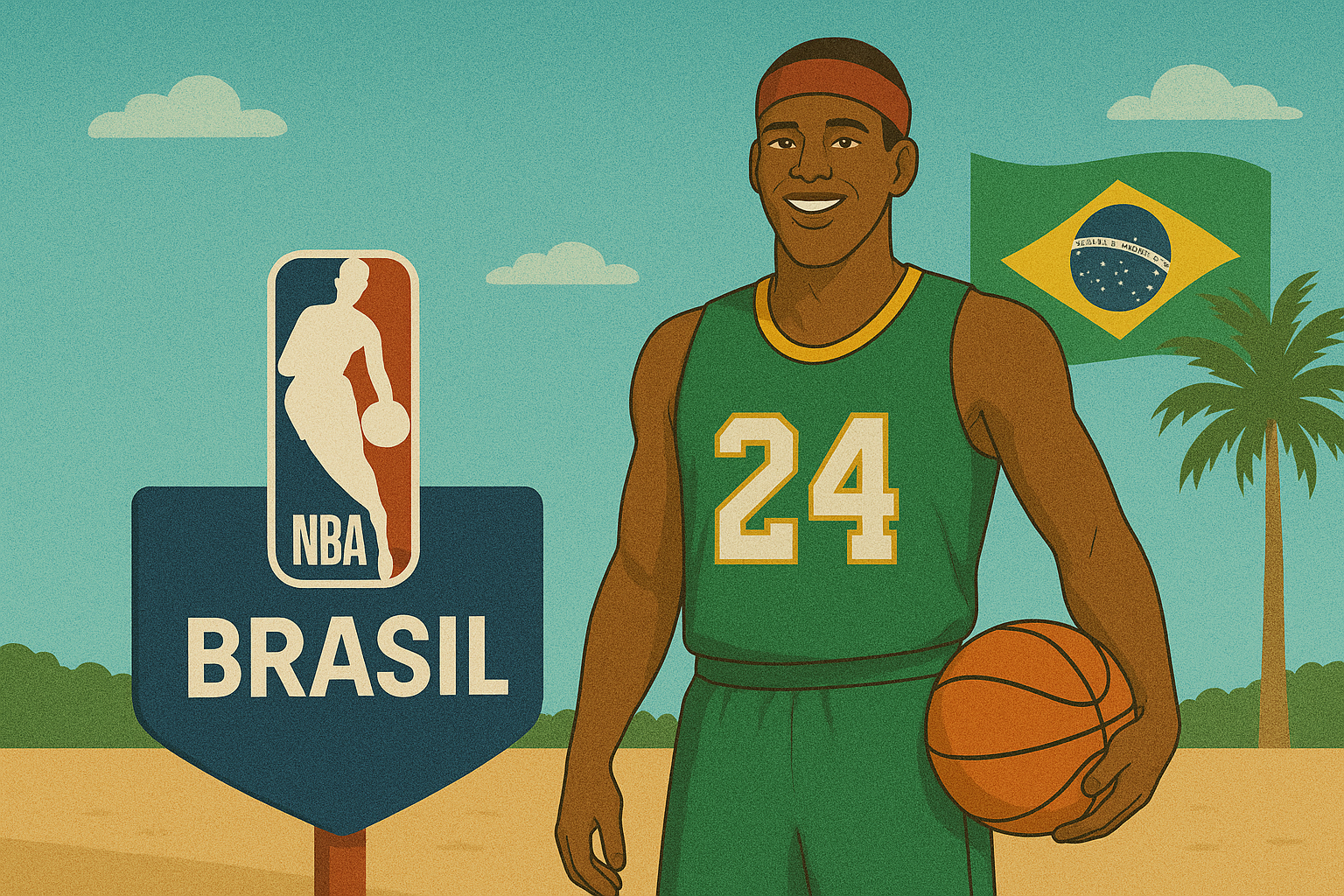Gen Z and the Women’s World Cup

In a seemingly endless tide of international football, which is still shaking itself out from the pandemic and the rescheduling of the 2022 World Cup, the Women’s World Cup later this year will mark the end of all of the world’s major football tournaments being played in the span of two years. We’ve covered the men’s edition extensively on this site, and now, with the the women’s just three months away, we turn our attention to it.
Women’s football continues to be a growth sport worldwide. Ratings for last summer’s European Championships set records, as did attendance at the matches themselves. In the United States, the NWSL continues to expand, while in Europe the Champions League has done the same, with more teams from the continent’s biggest leagues included.
FIFA has been keenly aware of that, and has increased the number of teams participating to 32, from 24. Hosted by Australia and New Zealand, the tournament will take place from July 20 to August 20. In addition to the size of the tournament, the prize pool has also been doubled. But more importantly, perhaps, is the chance for the tournament to be a way for brands to reach younger fans, but only by re-thinking their approach to connecting with them.
A new way of engaging, a new type of fan
In a survey of nearly 2300 fans aged 18-24, or members of Gen Z, Footballco found that while these younger fans were less likely to be avid fans of the women’s game, they were also more likely to engage with it in non-traditional terms. This is a confluence of several factors, but key among these is the simple fact that women’s football hasn’t had the same level of visibility that it now does until quite recently.
Indeed, 37 per cent of fans of women’s football have been fans for six years or longer, compared to 72 per cent of fans of men’s football who have been fans for the same period. With less of a history to draw on, these fans’ tastes aren’t an echo of the habits of fans of the men’s game, but have developed on their own terms.
This is something that’s also reflected in viewing habits. Rather than going to a bar or watching a match at home, these younger users, be they male or female themselves, are more likely to engage with the tournament on Instagram, TikTok, or YouTube. They also favour a narrative approach that focuses on the personalities and stories of the players.
Moreover, they also value the pageantry of big tournaments as well. Even if Australia isn’t in a favourable time zone for most of the rest of the world with regard to broadcast times of the games, the opportunity to engage and feel a sense of camaraderie during a big event is also key to connecting with this demographic.
Creating new types of partnerships
These same fans also reported not only favouring non-traditional media as a way of engaging, but also having a more favourable opinion of brands who worked with players, so long as the approach was narrative and authentic. Said Morgan Brennan, Head of Indivisa, Footballco’s women’s football media brand:
“What we’re seeing here is the importance of a connection to players for fans of women’s football. Brands can and in some cases already are recognising that working with female players should go beyond them holding or endorsing a product, the brand and the content around it should provide a story that fans can relate to and if possible connect to a cause that’s relevant to players and fans.”
Thus, for brands looking to connect and engage with these young fans, the approach will have to be outside the box. Rather than traditional broadcast advertising, engaging with players on social media, either organically or through the use of paid media, will be key. Telling the players’ stories and making them feel relatable are the principles that should guide these types of content, and will resonate with these young fans in a meaningful way.
Header: Juri Pozzi
Other News

The 2026 World Cup: American Soccer Enters a New Era

How Mexico Became the NBA’s Most Promising International Market

Samba Digital teams up with SailGP to strengthen its visibility through influence

Iron Heads join forces with Samba Digital to expand their global footprint

THE NBA ACCELERATES IN BRAZIL : A STRATEGIC SHIFT ON AND OFF THE COURT

